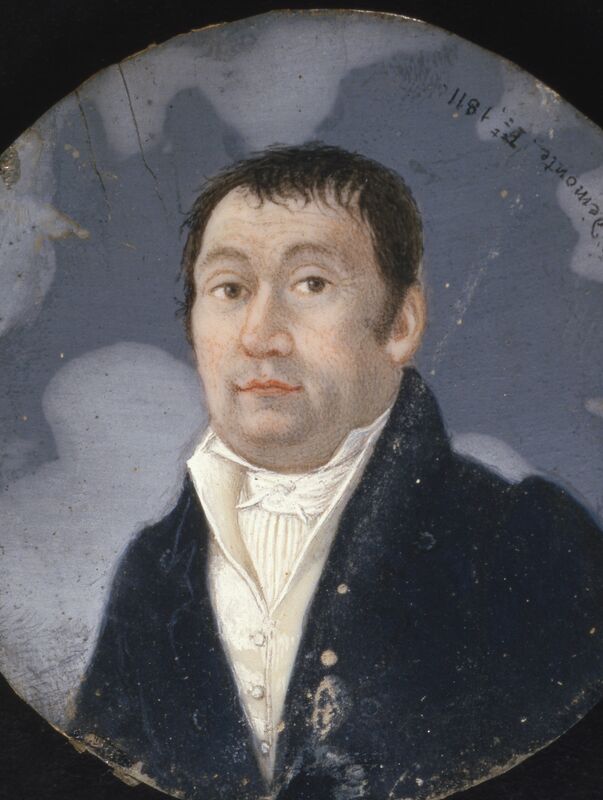When the First French Empire re-crystallized a system of higher education in 1806, the highest of the degrees, the doctorate, acquired a specific importance. From the early 1830s onwards the doctorate of letters (doctorat ès lettres), initially designed as a proof of classical taste, literary talent and rhetorical brilliance, relied progressively more and more on the written word, on specialized scholarship and search for some forms of originality. Originally conceived as a means of demonstrating mastery of a set of intellectual skills, the doctorate gradually evolved to also certify the ability to produce original knowledge. It became the only academic degree to require such a demonstration of scholarly innovation. Moreover, it emerged as both a gateway and a regulatory tool for access to the academic profession and for structuring hierarchies within it. Located at the intersection of knowledge production and the reproduction of intellectual elites, the Doctor of Letters came to embody the dual functions of academic excellence and professional validation.
This virtual exhibition examines the evolution of this degree throughout the 19th century, drawing on the almost complete collection of Doctor of Letters theses held by the Bibliothèque de la Sorbonne. This comprehensive study has been made possible thanks to the support of the GIS CollEx-Persée, as part of the "ès lettres" project.
